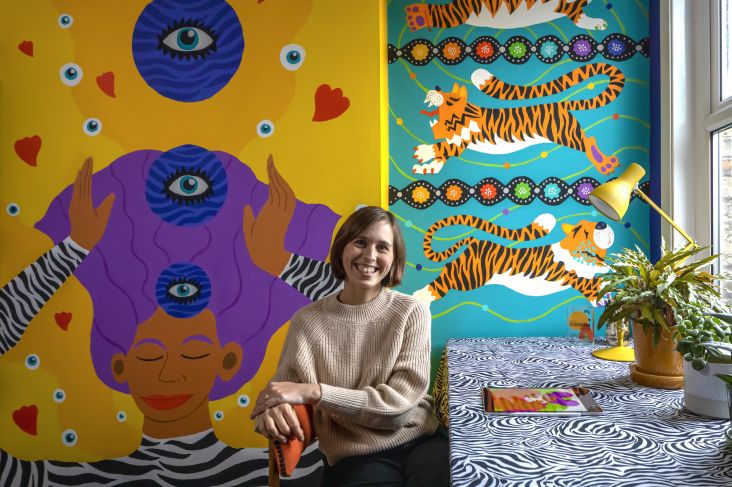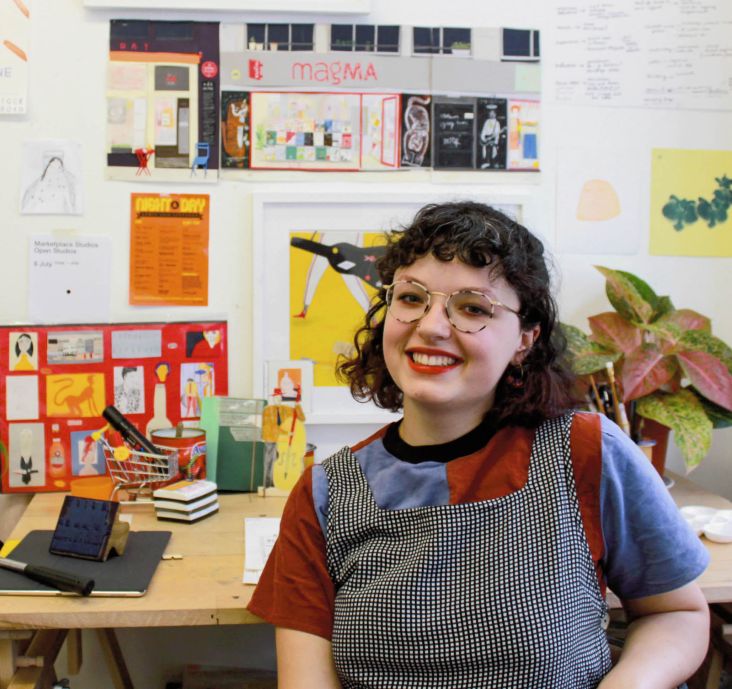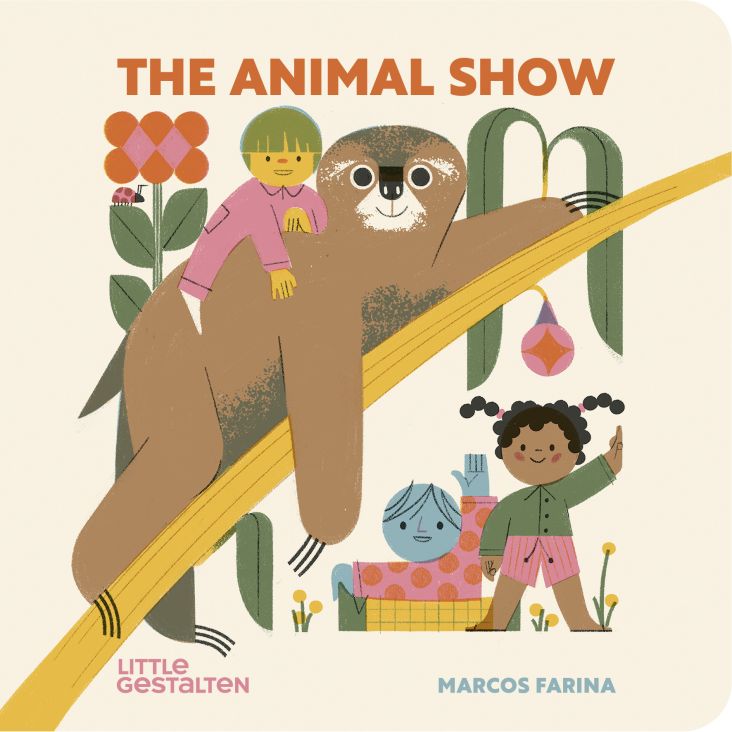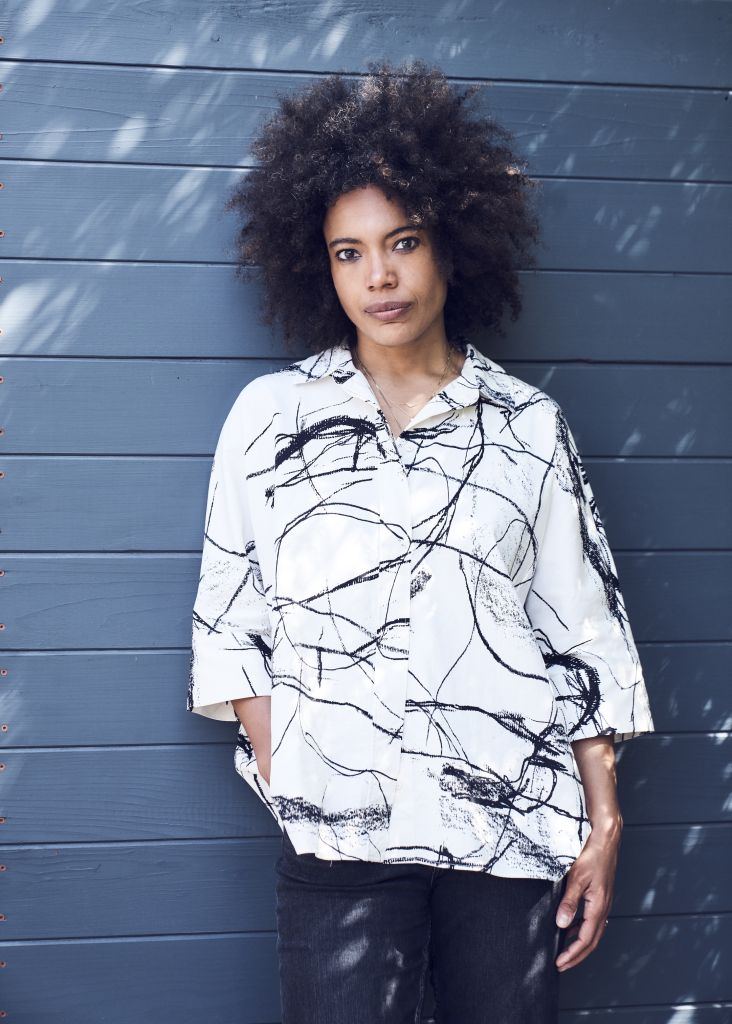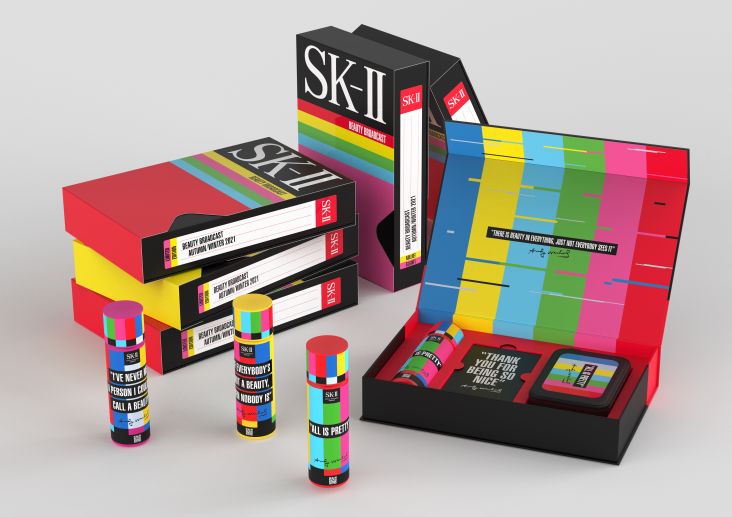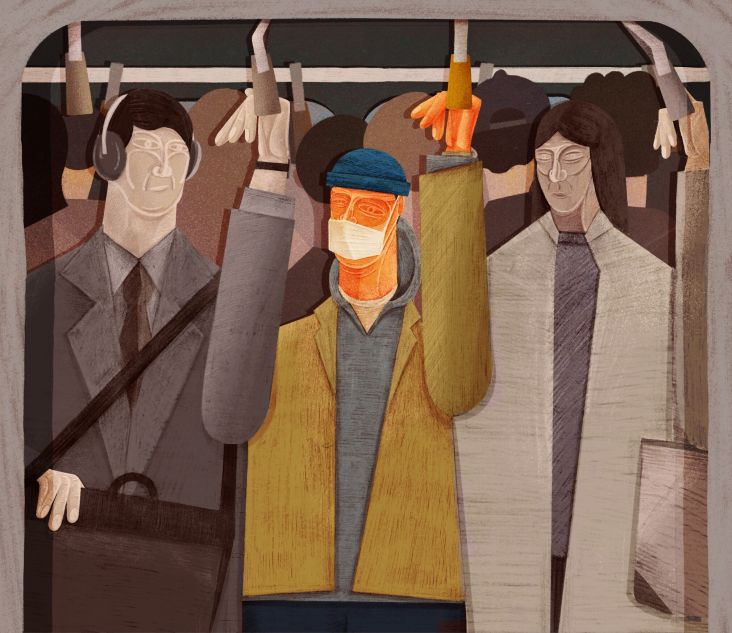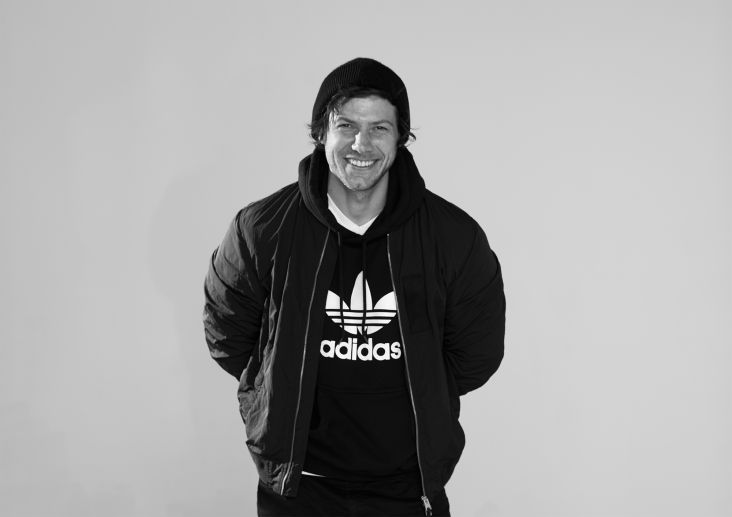The New Yorker art director Alexandra Zsigmond on experimenting and finding your voice as a creative
How can the practice of Tamata and its symbolic meaning help us find our creative voice? According to the art director for The New Yorker, Alexandra Zsigmond, the ancient tradition can not only help us better understand who we are but also improve how we express ourselves.
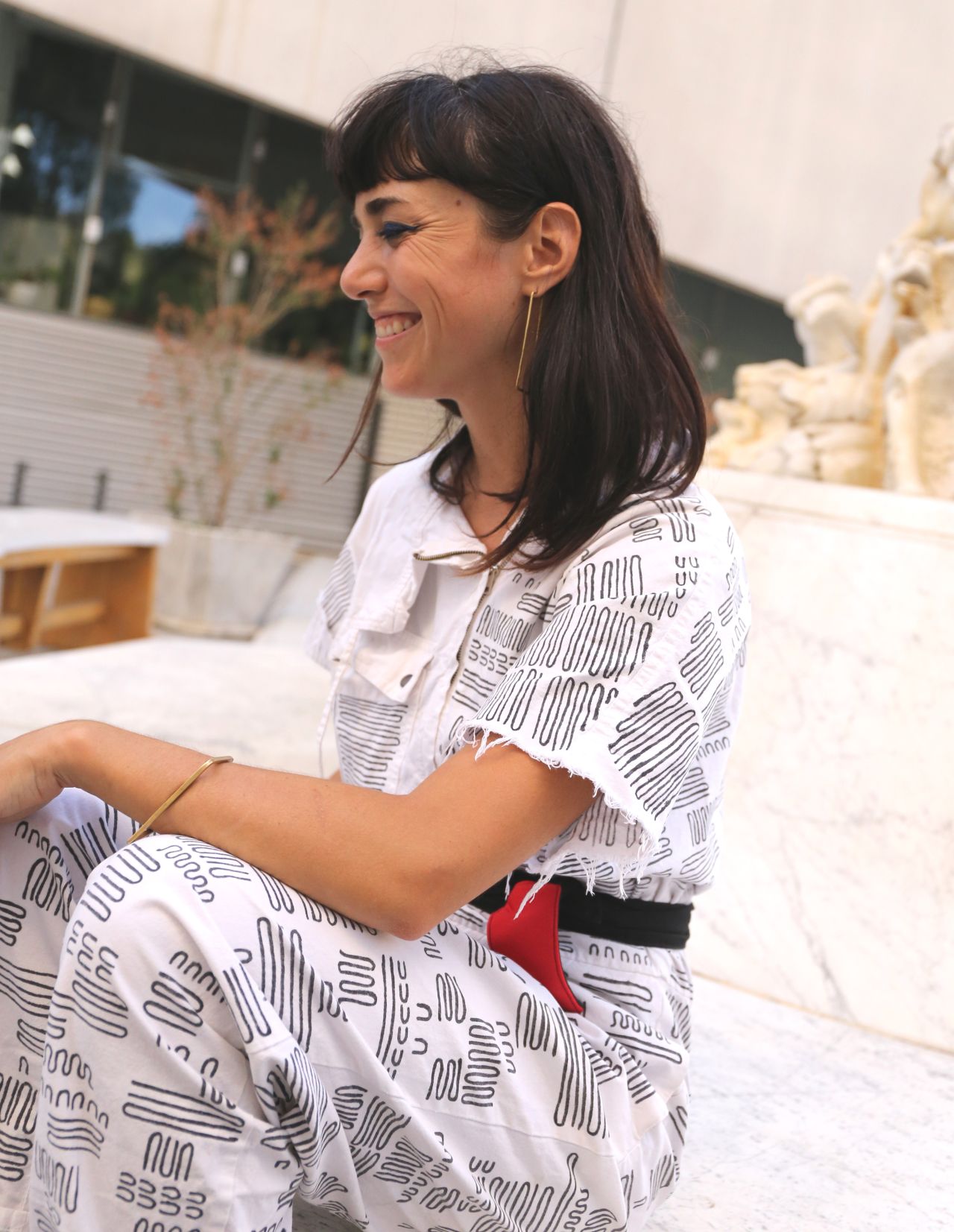
Alexandra Zsigmond. Credit: Alex Kronenberg
It's something Alexandra has been sharing with the students of the Wix Playground Academy. In this five-week online programme, fully sponsored by Wix.com, young designers profit from the opportunity to focus on discovering their own creative identity and building a stand-out digital presence to reflect it. Through experimental learning, like the Tamata workshop, students get to meet experienced designers who mentor them and share their creative growth process.
Beforehand, we caught up with Alexandra and asked her about the content of her workshop and how it relates to finding your inner voice as a creative, knowing what you stand for, and effectively conveying that to others.
What is Tamata, and how did you get interested in it?
Tamata is an ancient tradition, which has been present in almost every culture, of the votive object used for prayer and healing. Half of my family is Greek, so that's partially where my interests come from.
In the Greek Orthodox Church, there are these small metal plaques that have been embossed with the image of a body part, which could be a hand, the heart or the lungs. And if you or a loved one has an ailment, you'll bring it to the church to pray for healing or give thanks after healing.
I've grown up with this tradition, and because I've had multiple heart surgeries, I've been given a lot of heart votives in my life by my friends and relatives. So I have that personal interest, as well as in visual lexicons more generally. These objects form a lexicon, a kind of alphabet or graphics system, that I find really interesting.
So I started exploring new visual languages for these objects and learning how to engrave metal by hand. I have no previous experience in metalwork: I'm very much a curator and a painter. So this was a big learning curve.
Votive objects have not traditionally been created for relief from anxiety or any type of more emotional affliction. So I made a whole series of these plaques, exploring the language of the interior body and emotional experience. And that's the jumping point for this workshop.
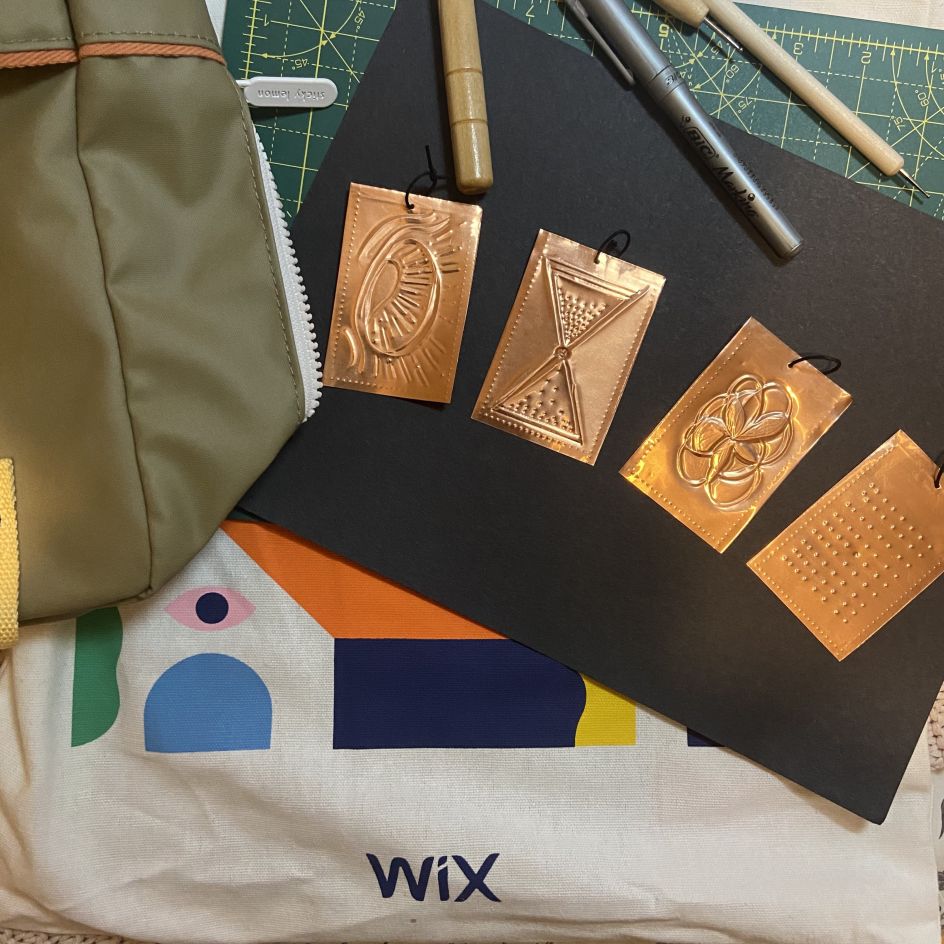
Work by Francisco Vega
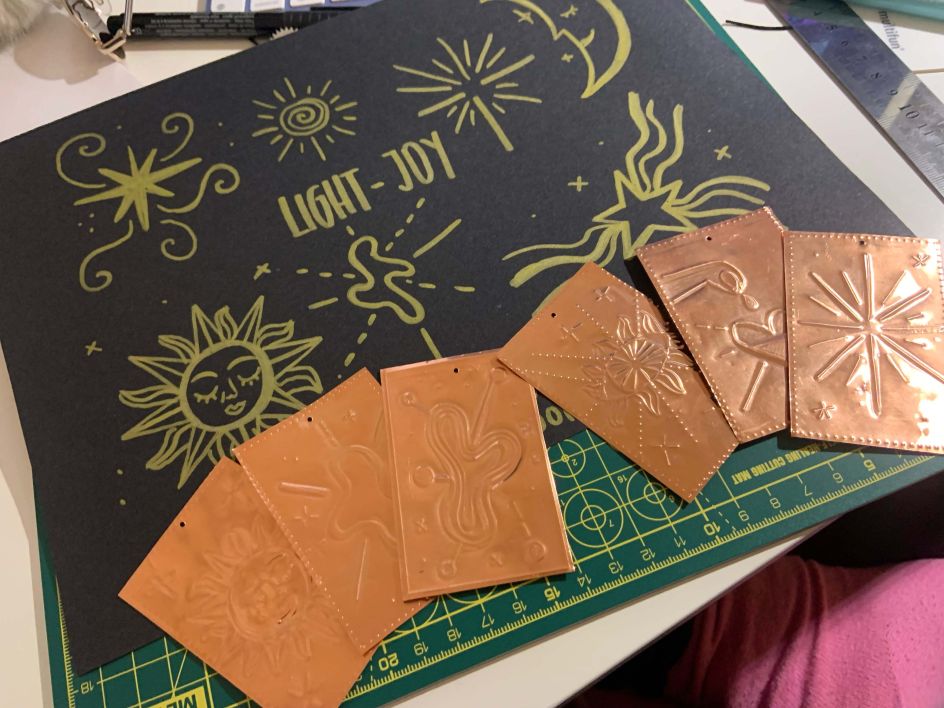
Work by Laura Roa
So, what does the workshop involve?
I give an introduction to my work, both as a curator and an artist. And then, the students learn how to emboss metal by hand. Next, they create their own internal language to represent something they want healing from and emboss them on the plaques. And at the end, we talk about the language that they've created. So it's personally fulfilling and also interesting graphically.
Apart from the specific skill you're teaching, how does it help creatives grow more broadly?
For me, as a curator, for example, I'm really interested in how illustrators and artists are able to use visuals to capture something about their internal experience, to capture something invisible. Like illustration, in particular, has this incredible ability to visualise the invisible. That's a power that artists have to be able to put into concrete, physical terms, something that's so amorphous.
I also think that there's a power in transforming one's own emotion and difficult experiences into something visual, to better understand it, and to also get some distance from it. Because thinking about our own emotions in metaphorical terms and in visual terms, is a form of healing in itself.
Starting from a place of quiet reflection and the pleasure of making and experimenting is where a lot of creativity comes from.
For people who mainly work in digital, it must be a good way of getting a different perspective on your creativity?
Yes, it's good to have the chance to experiment with new materials. For example, until I did this, I'd never worked with metal before. In fact, I'd guess most of the people in the workshop have never worked with metal. And it just opens up new ways of thinking.
You're also engaged in the process of developing a lexicon as a system. So you're going to be developing a lexicon of eight to 10 symbols that represent some interior experience and emotion. And that experience of translating complex feelings into simple visual language is really what all designers do. It's certainly what happens in illustration, where when you have an article and you interpret it, you're kind of distilling the main point down to a very coherent, simple, striking image.
So this process is really the same but just applied to a different, very specific medium. And the more you do it and apply it to different contexts and different materials, the stronger and more flexible of a thinker you can be.
When you're given this workshop before, what kind of feedback have you attracted?
The feedback I've had is that the process of engraving the metal was much more fun and therapeutic than people were expecting. They also enjoyed the process of coming up with a new alphabet or lexicon to represent their thoughts. At the same time, people said the engraving was difficult and hurt their hands. So they both loved the new medium and found it challenging.
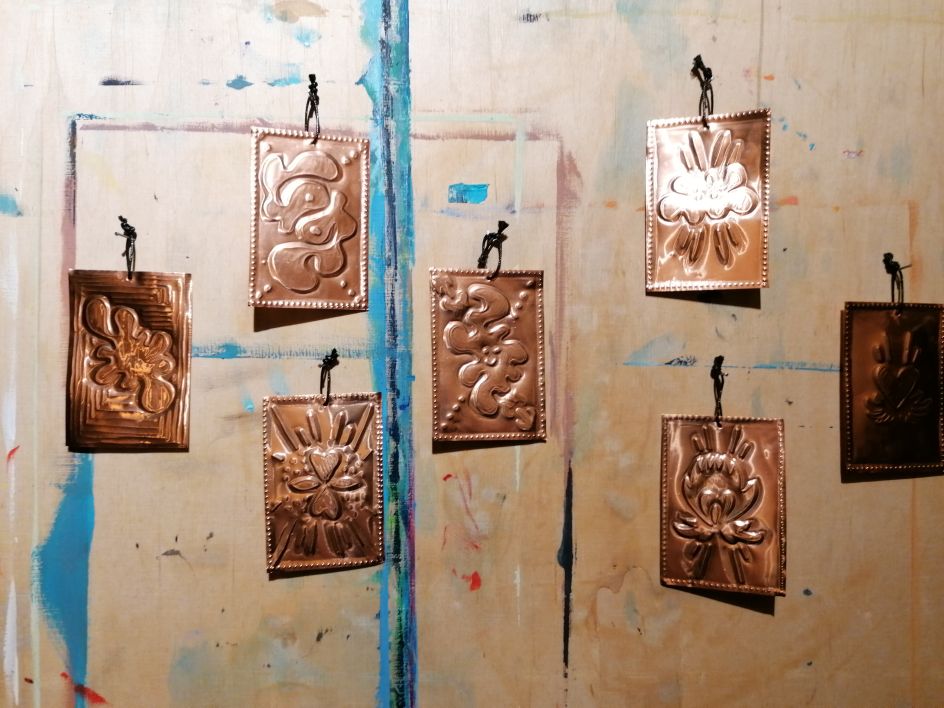
Work by Marcelina Slabuszewska
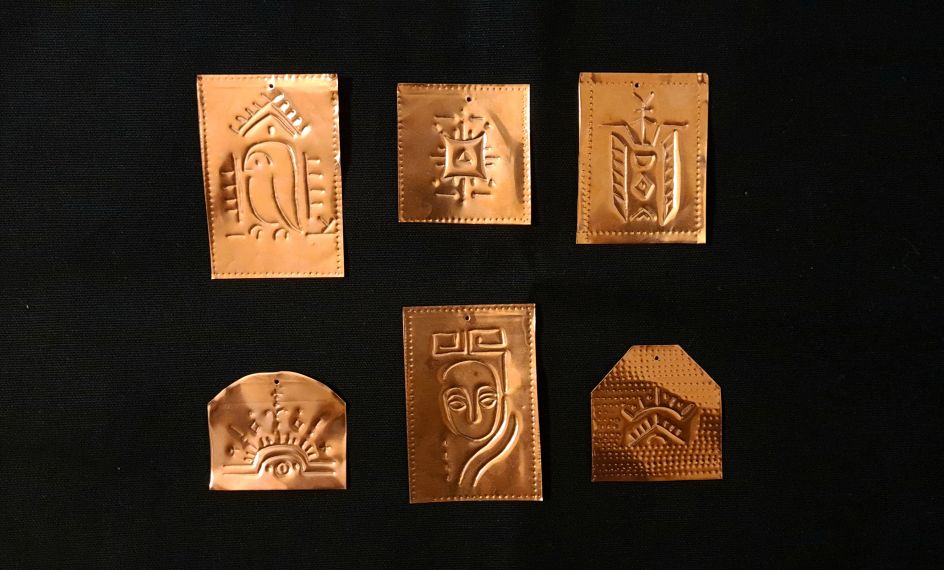
Work by Anca Tomescu
Do you think it's important for creatives to step out of their comfort zone and do something completely different?
Yes, I do. I personally view this specific workshop as a form of meditation. I think any kind of internal creative meditation can be helpful. It helps you become grounded in your own creative practice, and thoughts and self-awareness. Starting from a place of quiet reflection and the pleasure of making and experimenting is where a lot of creativity comes from.
We all need more play in our life. One of my favourite things to do is go to art residencies. It's this quiet space, all for yourself, to just immerse yourself in whatever project you're doing at that moment and also to meet other artists. The combination of meeting other artists and working on projects simultaneously can be really just enriching.
Finally, what have you learned about yourself through Tamata?
It's an ongoing exploration. I'm currently working on a commission to make a whole new series of them. And I'm trying to figure out how to make them on thicker metal and reproduce them more easily by using a hydraulic press. So I've been learning more and more about metalwork as a way to move the project forward. And it's a constant learning opportunity for me.
Also, because of my health history with my heart, it's a project that feels very meaningful personally, and I have this desire to continue developing it as a result. Plus, it's a way to continue researching Greek culture, which connects me with my family. And learning a new medium has been helpful, just for confidence in my own ability to figure out something new.


















